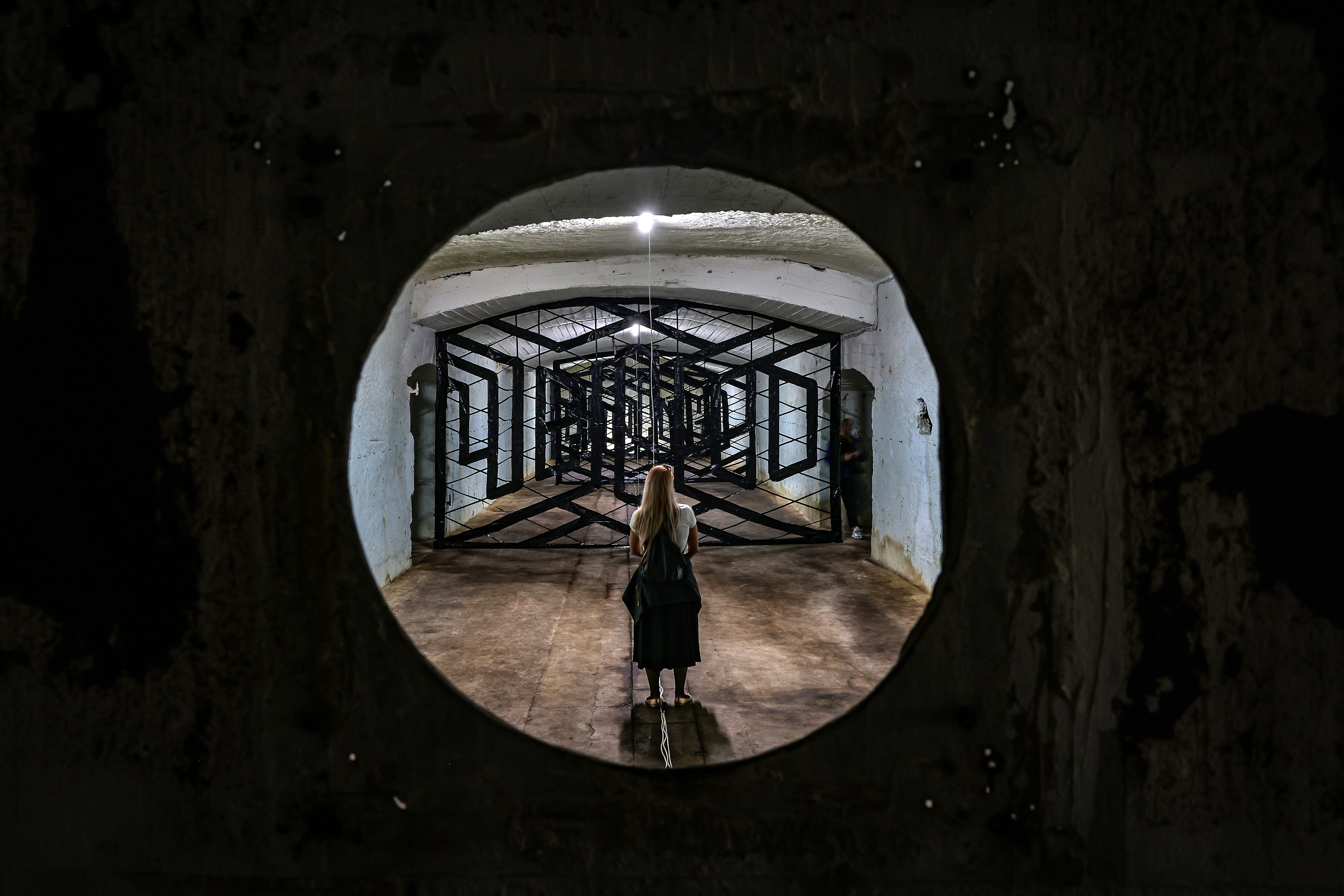According to Ben Tausig, a
professor of music history in New York, techno music and culture can be
understood as a reflection on the transition from the industrial to the
post-industrial age. The exhibition Techno Worlds interprets the techno
phenomenon just as broadly as it became a political medium in the last decades
of the 20th century.
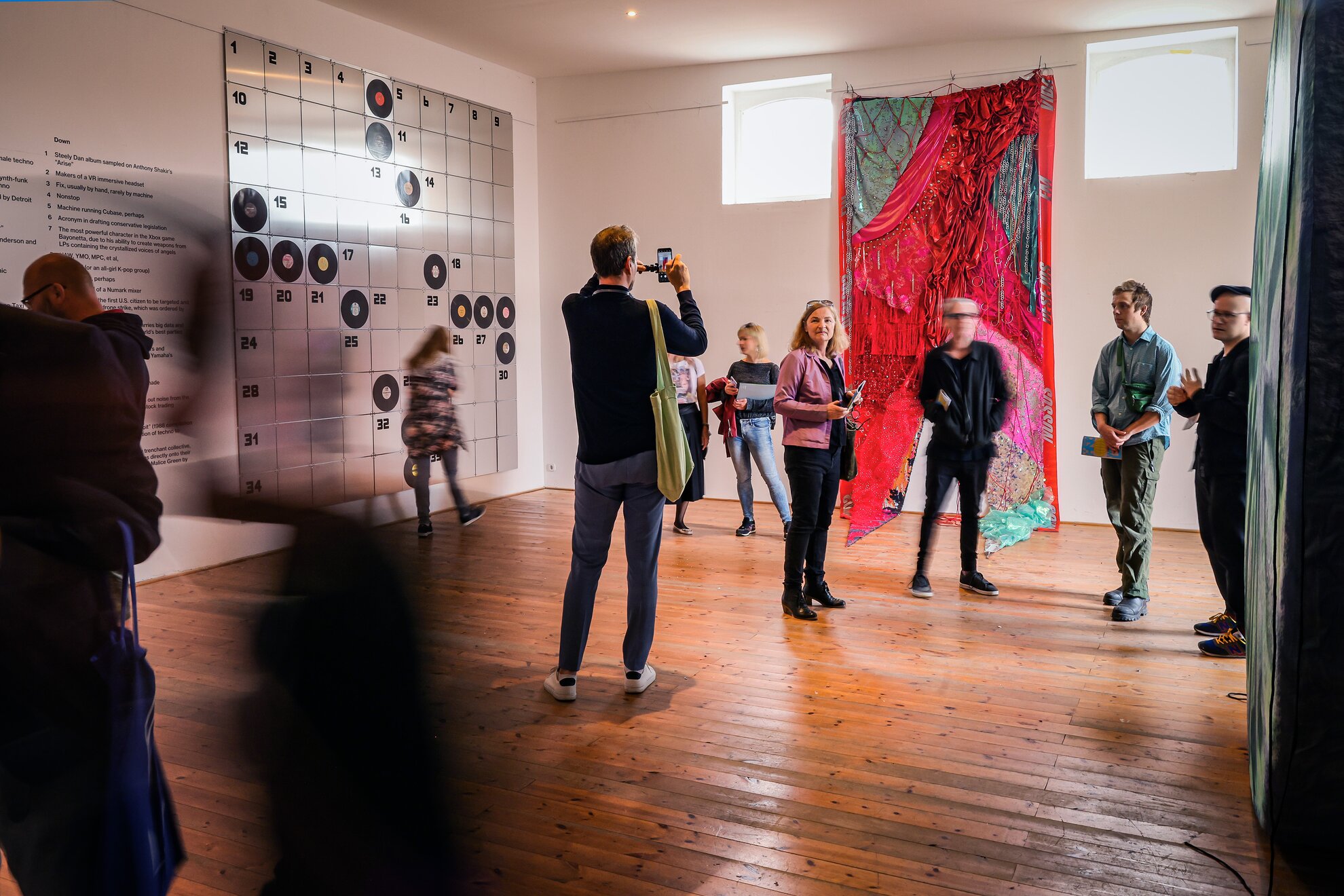
This is especially true in Germany, where it served as a link between East and West: after the Fall of the Wall, Berlin reunited again at the Love Parade, making it one of the world’s techno capitals.
European techno was born at the same time as the régime change in Eastern Europe, so memories of the bizarre mix of Socialism and capitalism, prevalent in the early 1990s, are evoked at Techno Worlds.
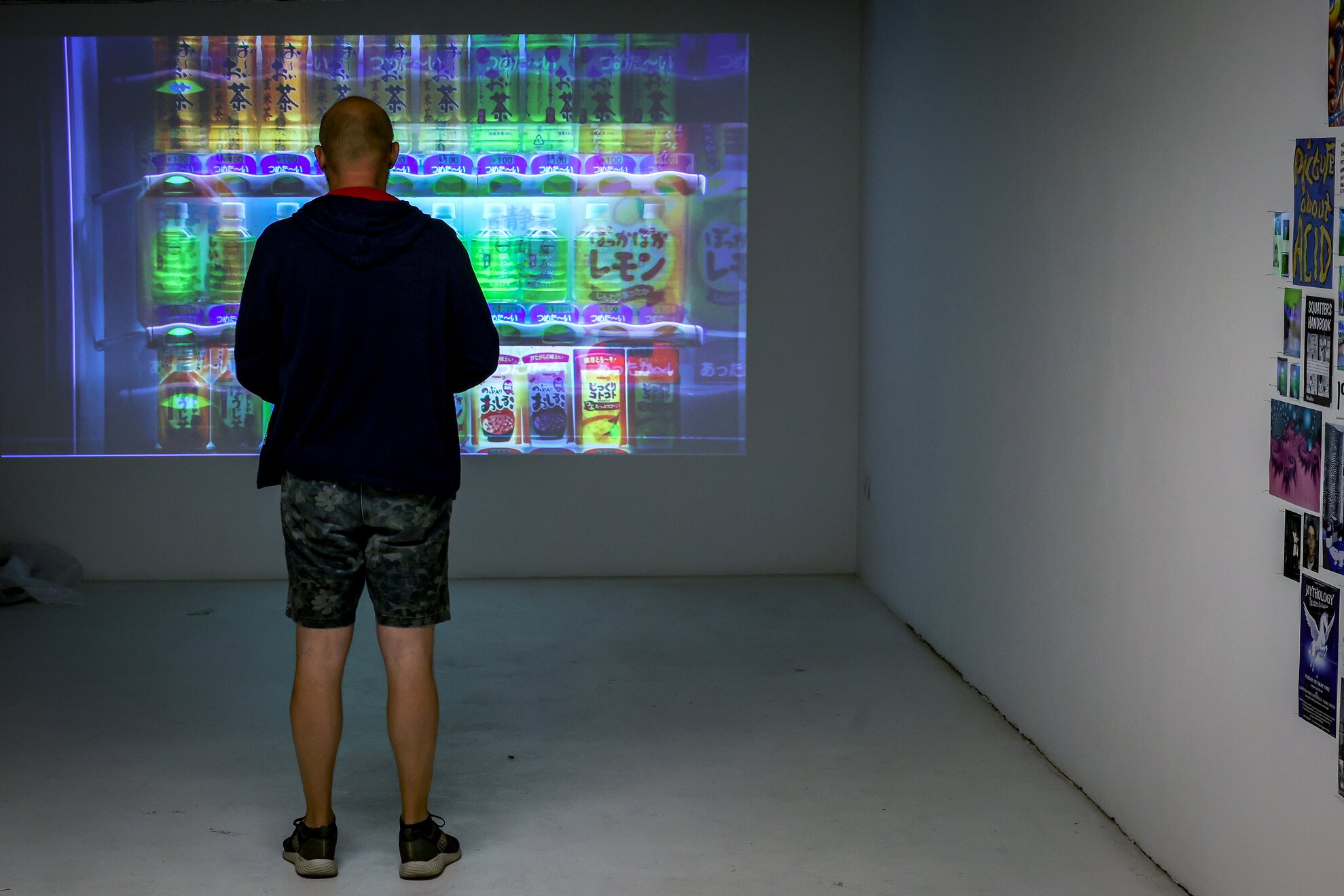
The unifying nature of techno also manifested itself in the countries of former Yugoslavia, when cross-border, nationalist-free techno parties attempted to resolve ethnic tensions. One of the exhibition’s creators, Aleksandra Domanović, commemorates this era in 19:30 (2010).
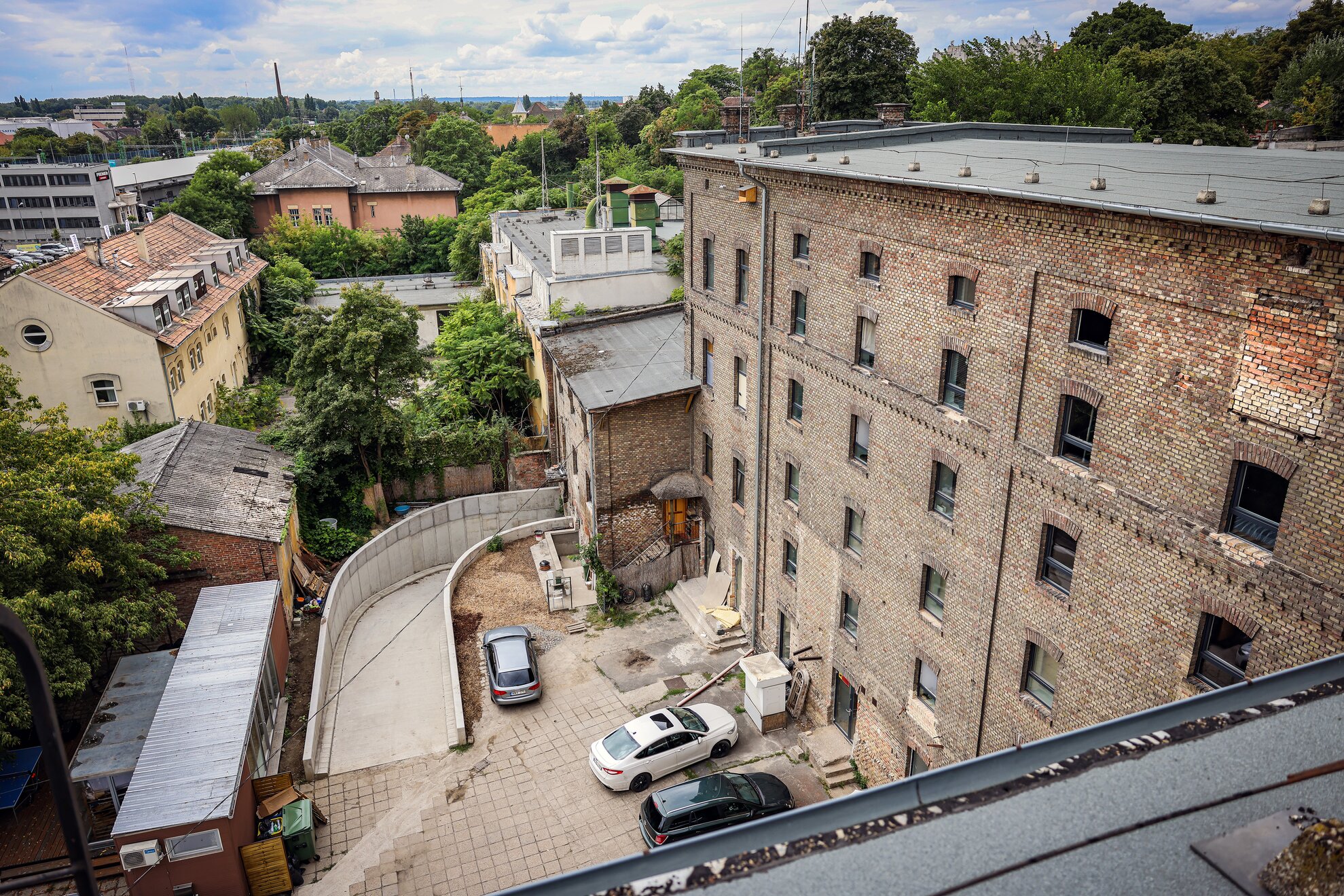
Just as a techno party requires serious physical exertion, so the exhibited objects and installations here are not placed in a single space. Compared to most exhibitions, you have to stretch your legs quite a bit to see everything.
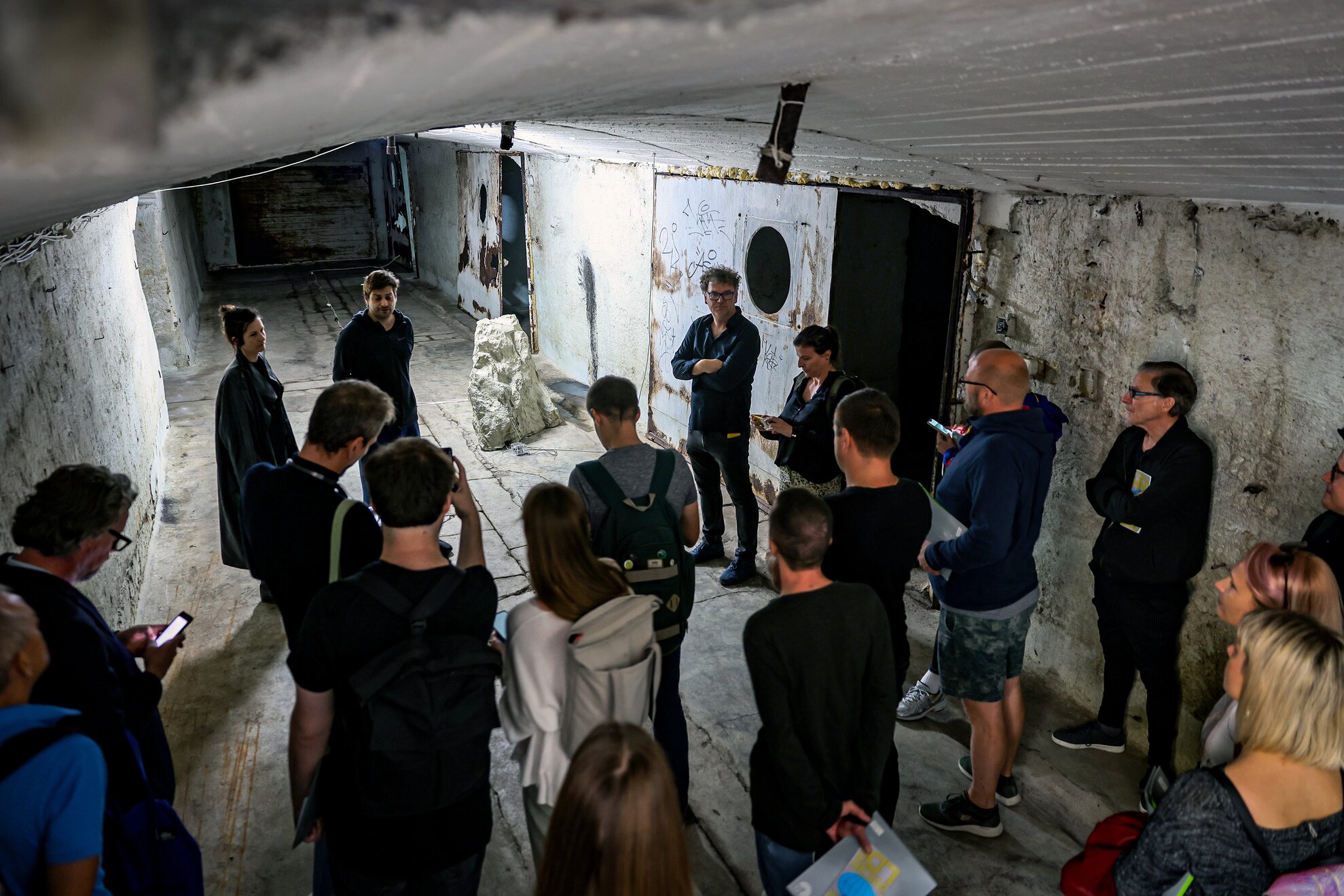
The first station, where most of the artwork can be seen, is located on the ground floor of the former warehouse building, and after a short walk, you descend underground to the most exciting area of the exhibition, a section of the gigantic tunnel system beneath Budafok. Here the Lőrinc Borsos Duo, artists-in-residence at art quarter budapest, exhibit their work Mózes Techno 2.0, inspired by the story of The Exodus.
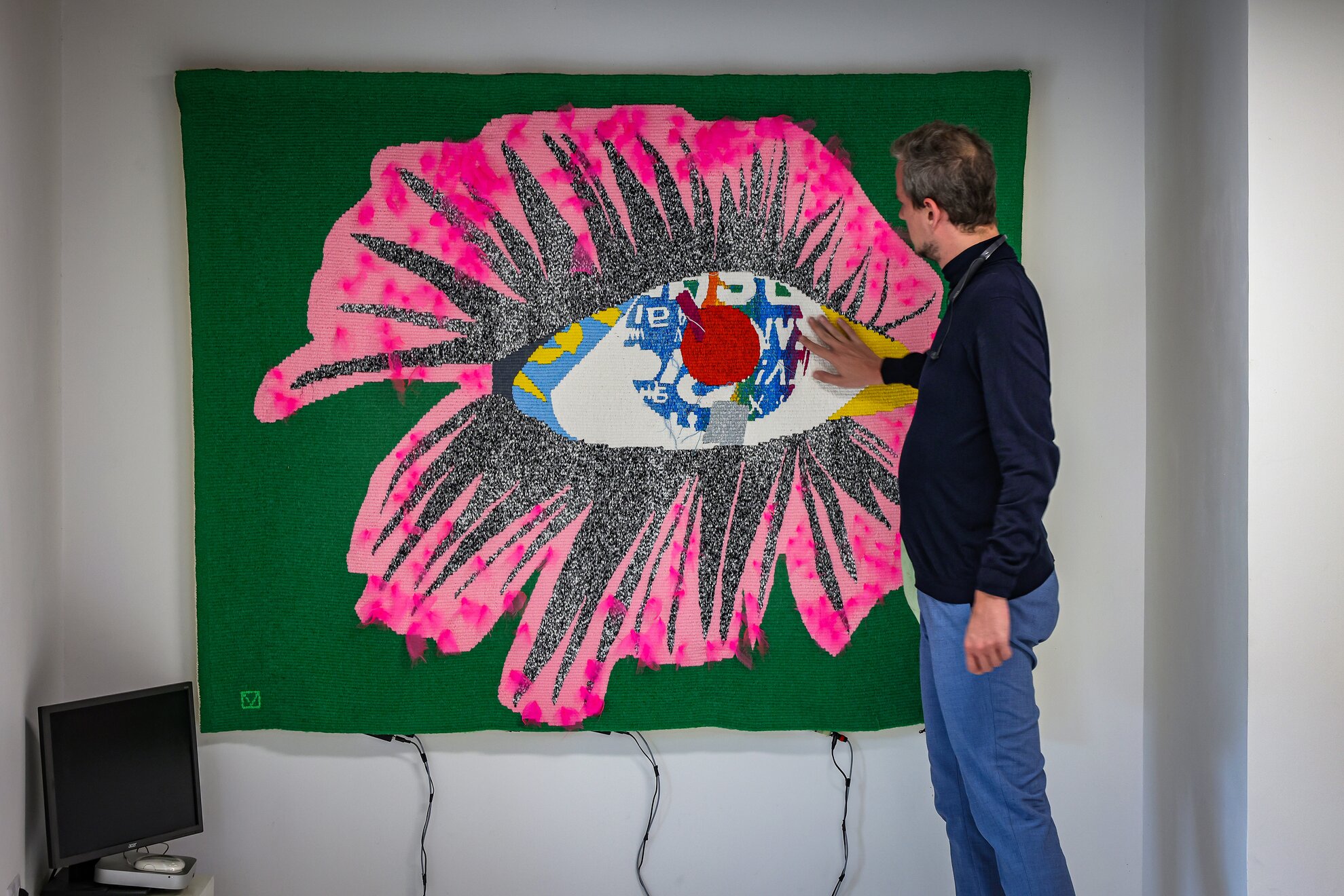
From here, steps lead way up, to the exhibition space on the top floor of the former industrial building.
Techno Worlds also deals with the antecedents of European techno, its African-American roots in Detroit, exemplified by Maryam Jafri (Model 500, 2019). This installation is a crossword puzzle in which black squares are replaced by 1980s’ Detroit records. Another work, Dominique White’s installation Refusal to be Contained, Refusal to Die (2021), explores the history and myths of the black diaspora, within the narratives of Detroit techno and black radical thinking.
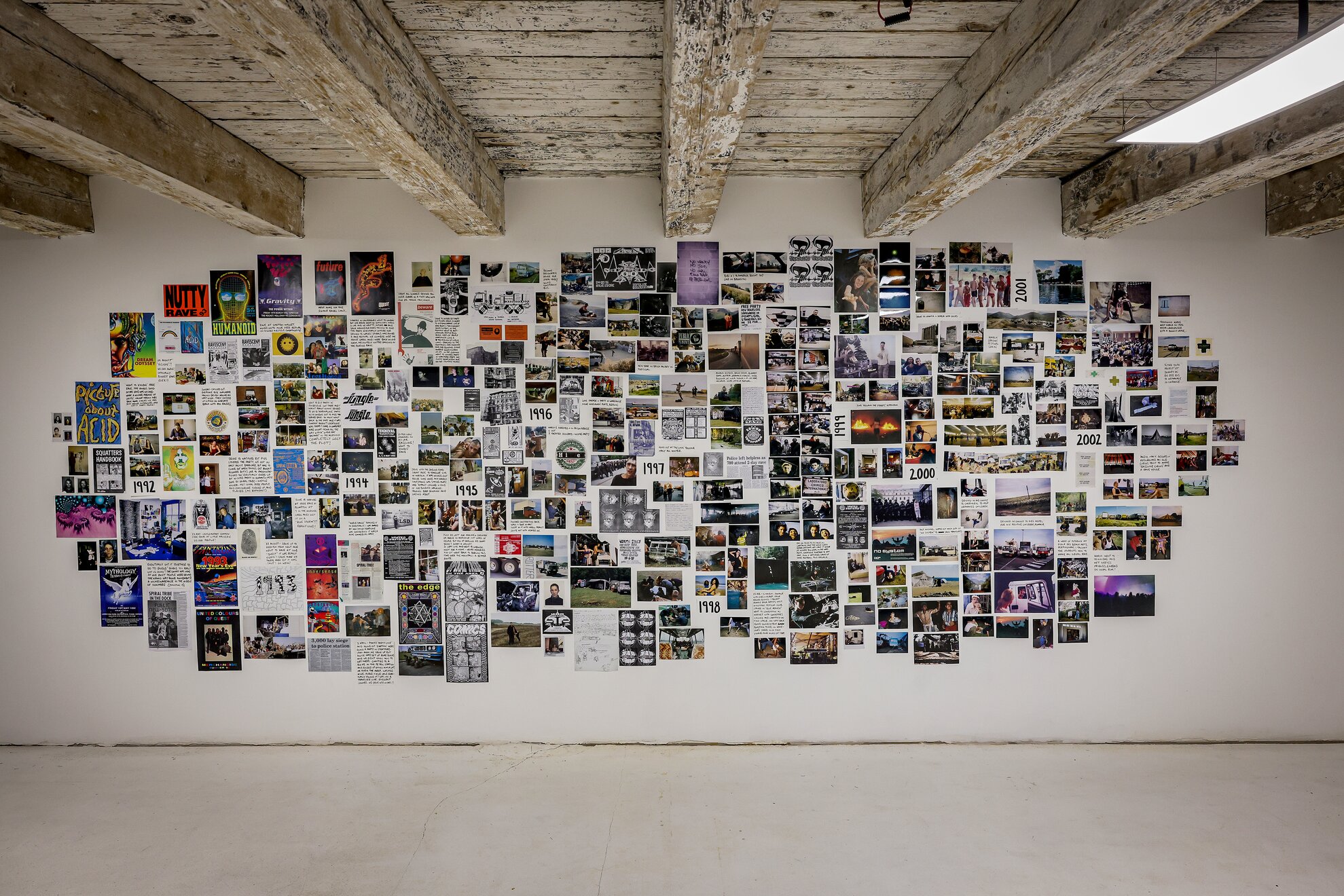
Visitors can gain an insight into the behaviour, signal systems and visual culture of techno-related subcultures. Music and Freedom, for example, is a gigantic installation of hundreds of photos in which Vinca Petersen (Timeline of a Raver, 2021) recounts his life from the intoxicating days of the rave parties of the ’90s as he lived in his own van for more than a decade, as member of the free coast movement on European roads.
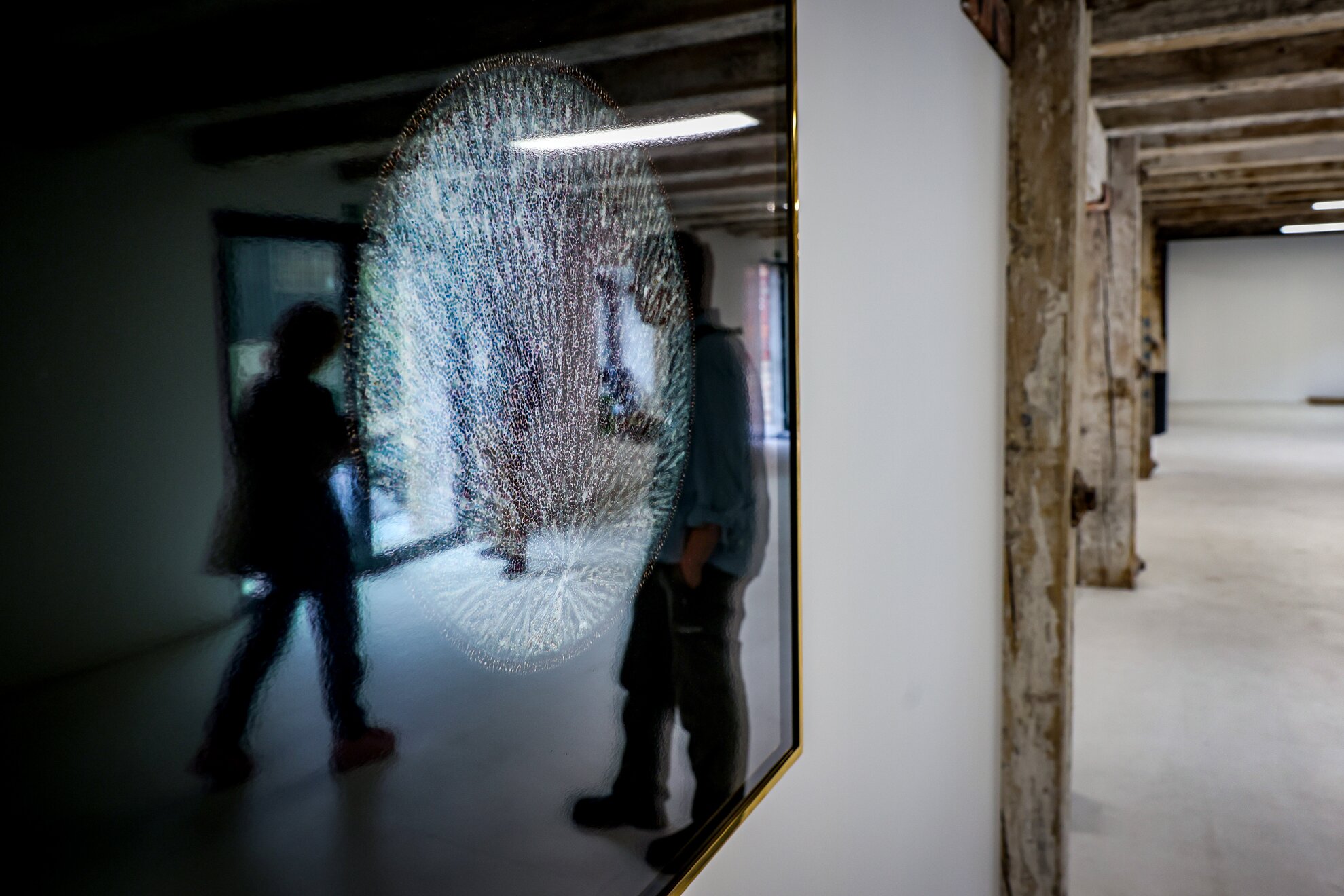
Sarah Schönfeld processes a photo-negative pattern of liquid drugs, synthetic substances produced by our body, and illegal drugs in a series of five photos (All You Can Feel, 2013). Jeremy Shaw’s work (Morning Has Broken, 2001) captures dawn after the party, while Robert Lippok (Objects and Bodies, 2020) illustrates the spatiality of musical sound in the exhibition, highlighting its transcendental nature.
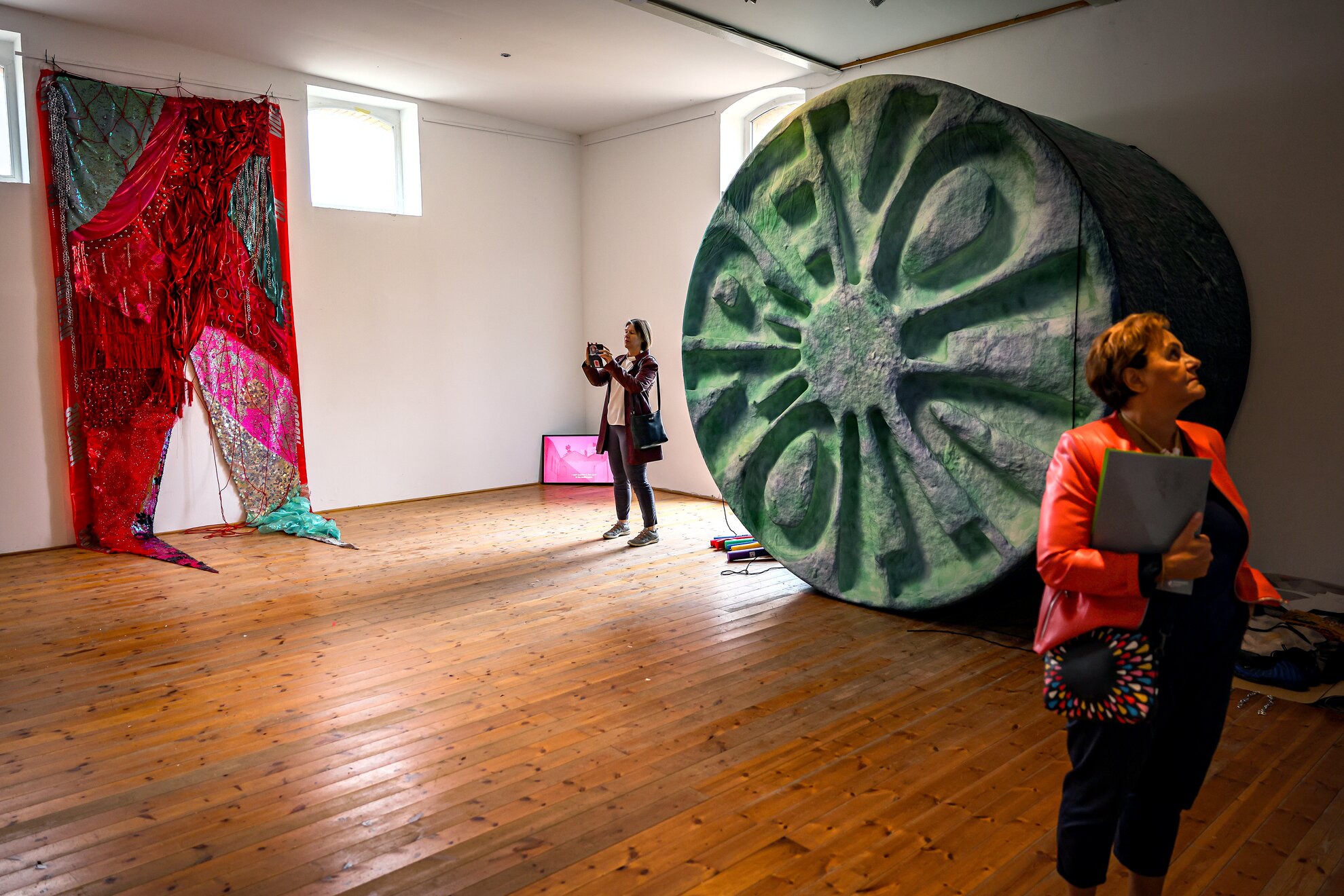
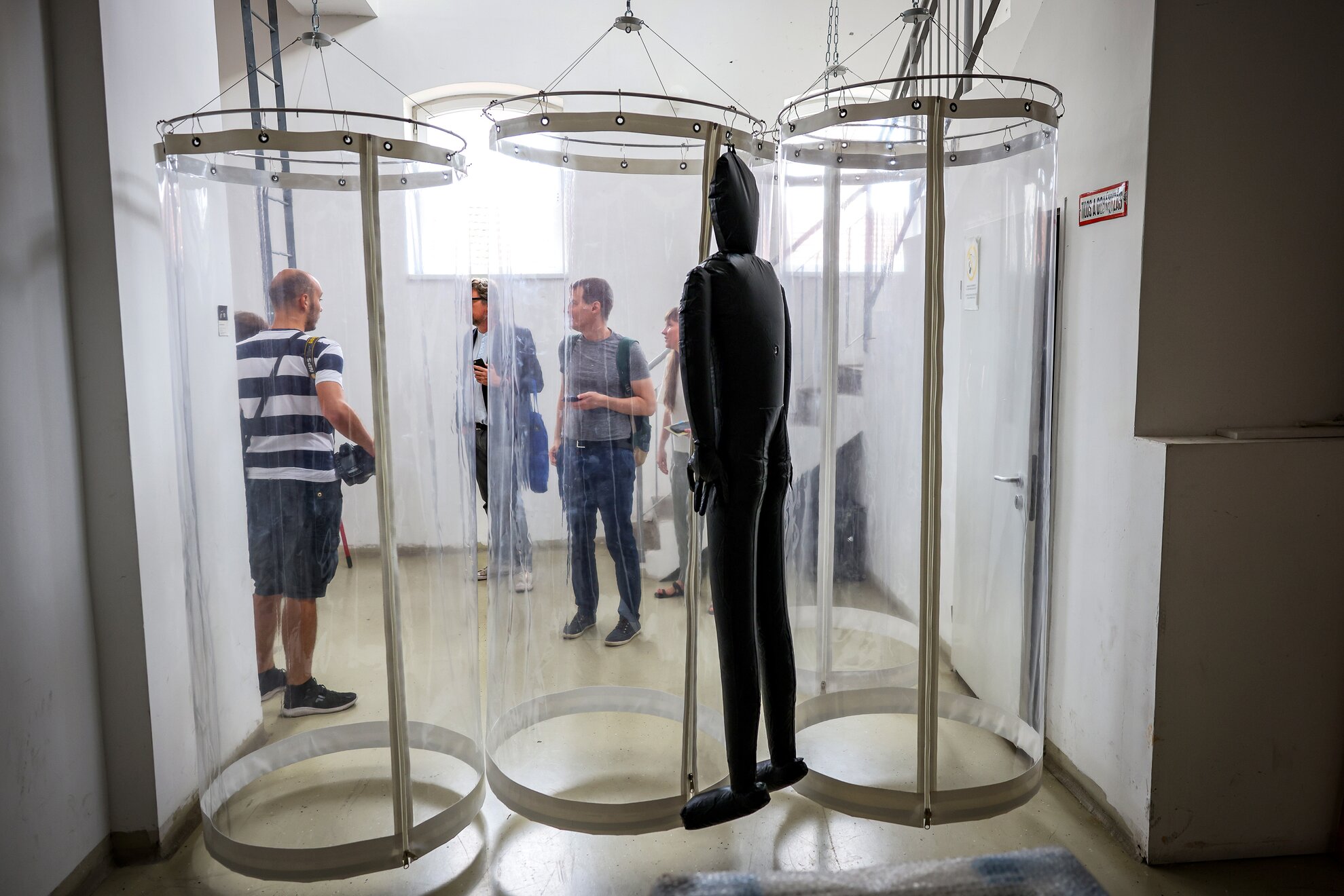
The venue, art quarter budapest, is one of the Hungarian centres of the experimental music scene and contemporary visual art. Dutch institute 4DSOUND, which researches the spatiality of music, operates here, and with its sound studio it can model the spread of music in space.
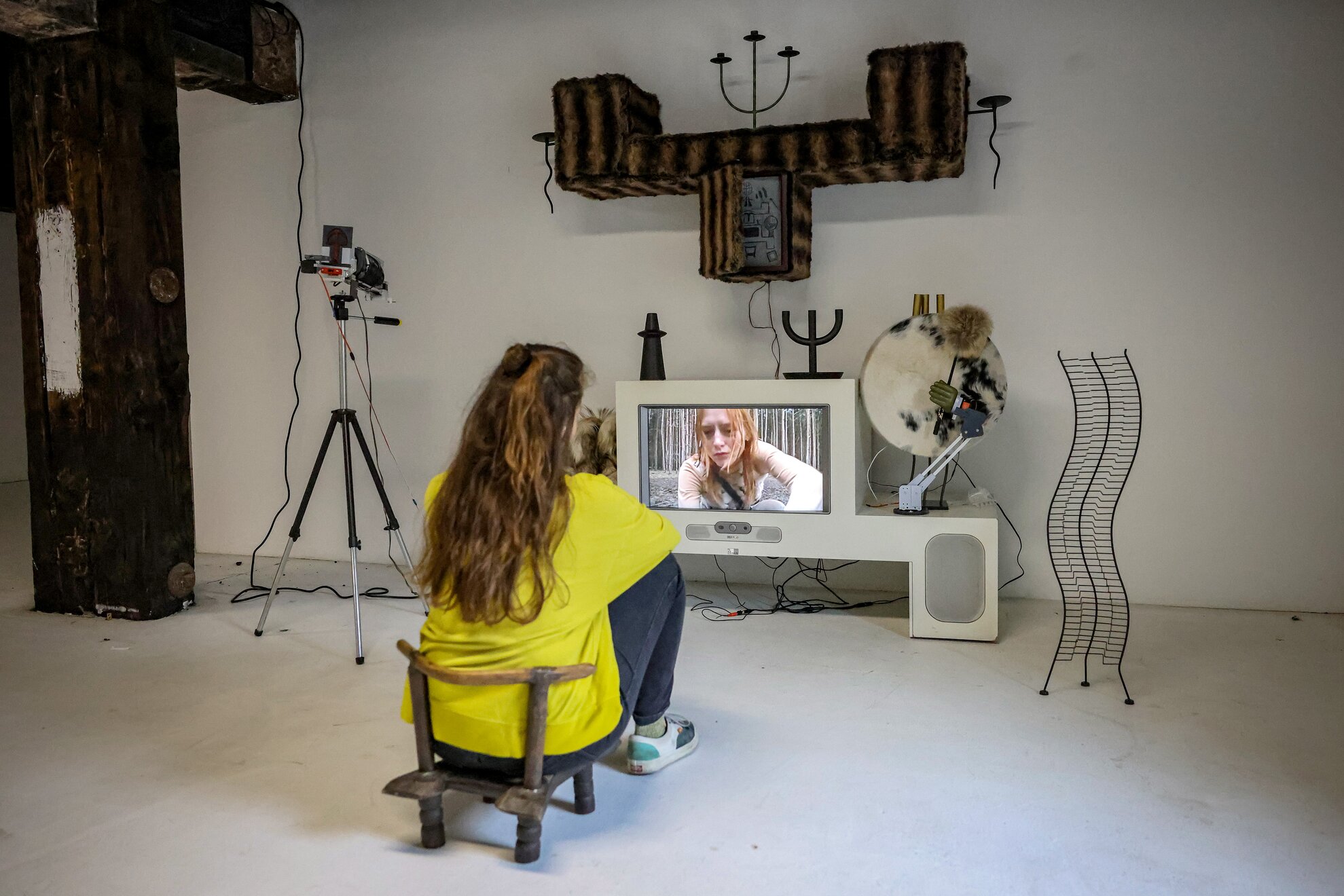
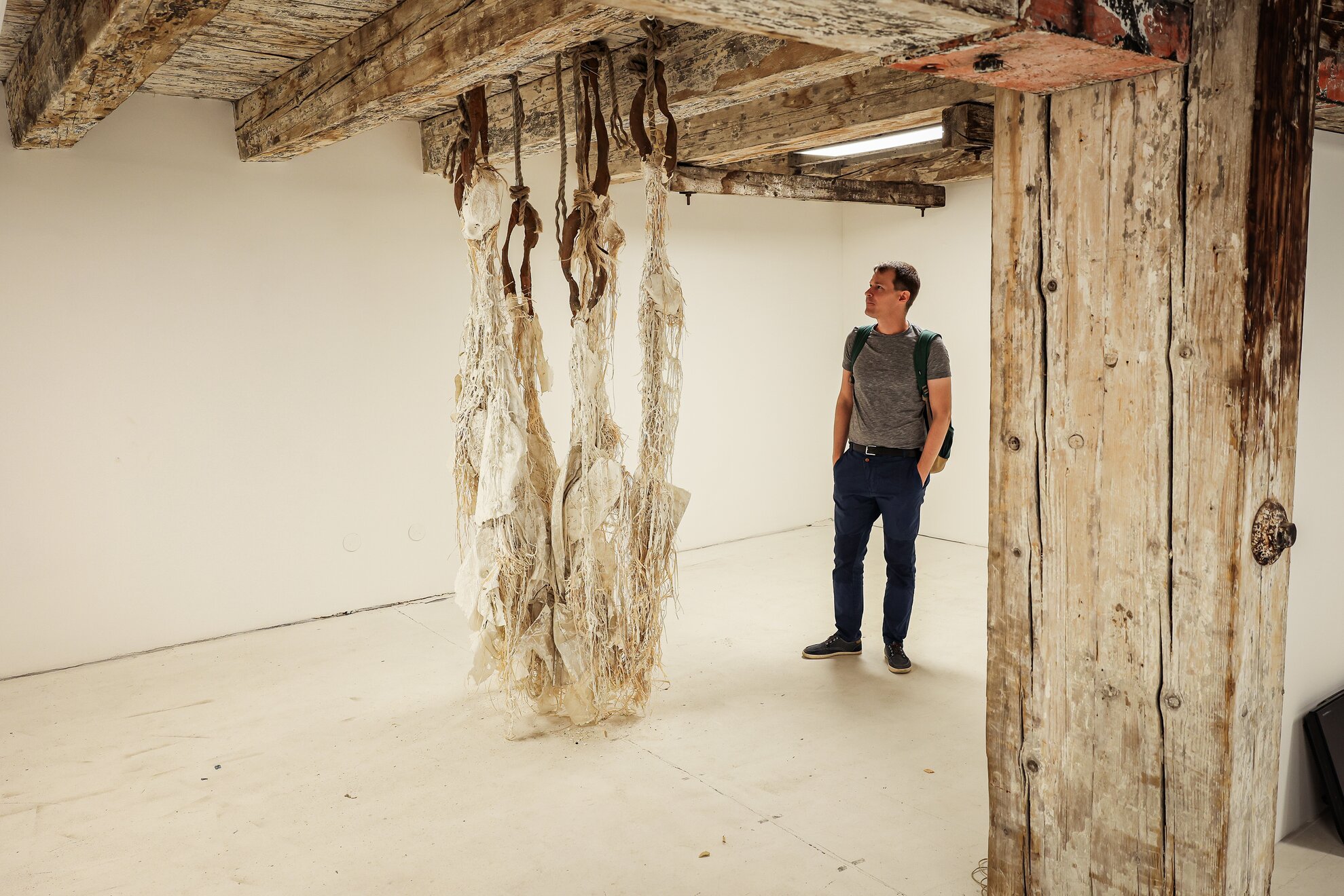
It is also thanks to the institute, its internationally renowned artist-in-residence programme and the aqb electronic music community that the Goethe Institute in Budapest was able to present the first iteration of this exhibition in Hungary. From here, it will head off on its journey around the world, starting with New York.
Where art meets techno
Techno Worlds
art quarter budapest
1222 Budapest, Nagytétényi út 48–50
Until 3 October, Tue-Fri noon-6pm
